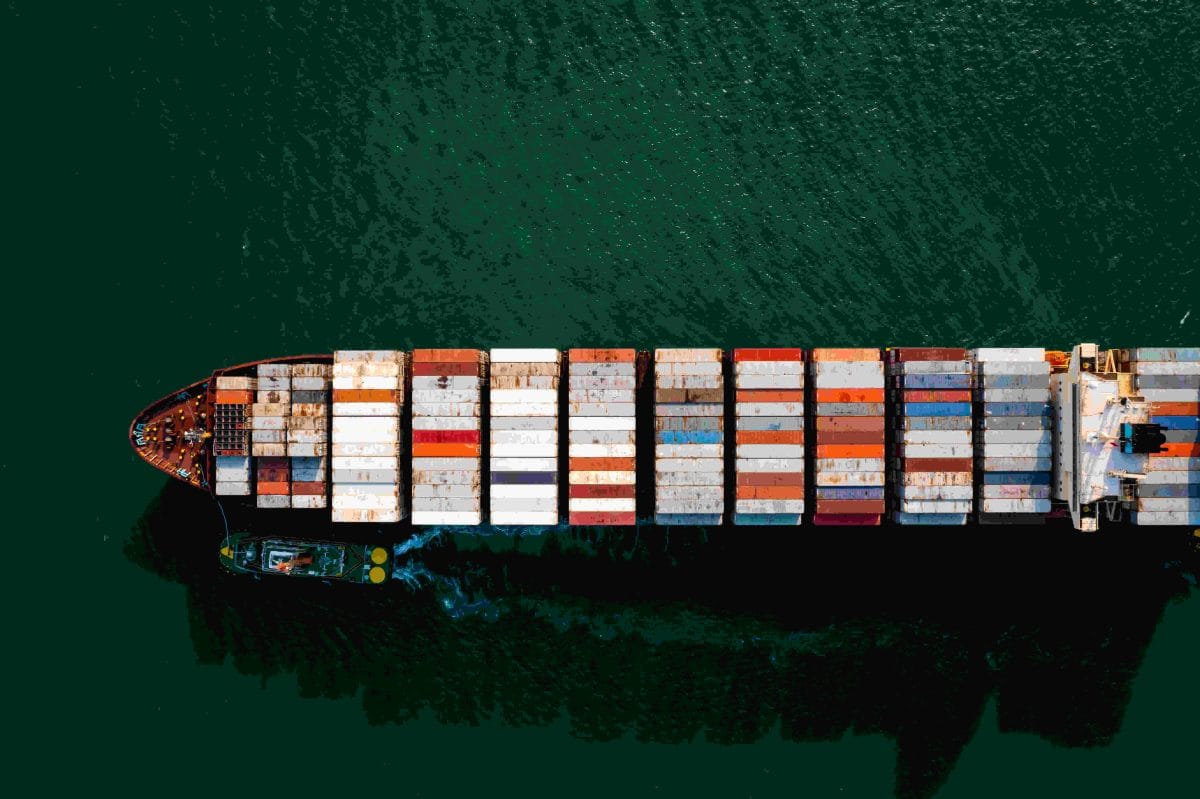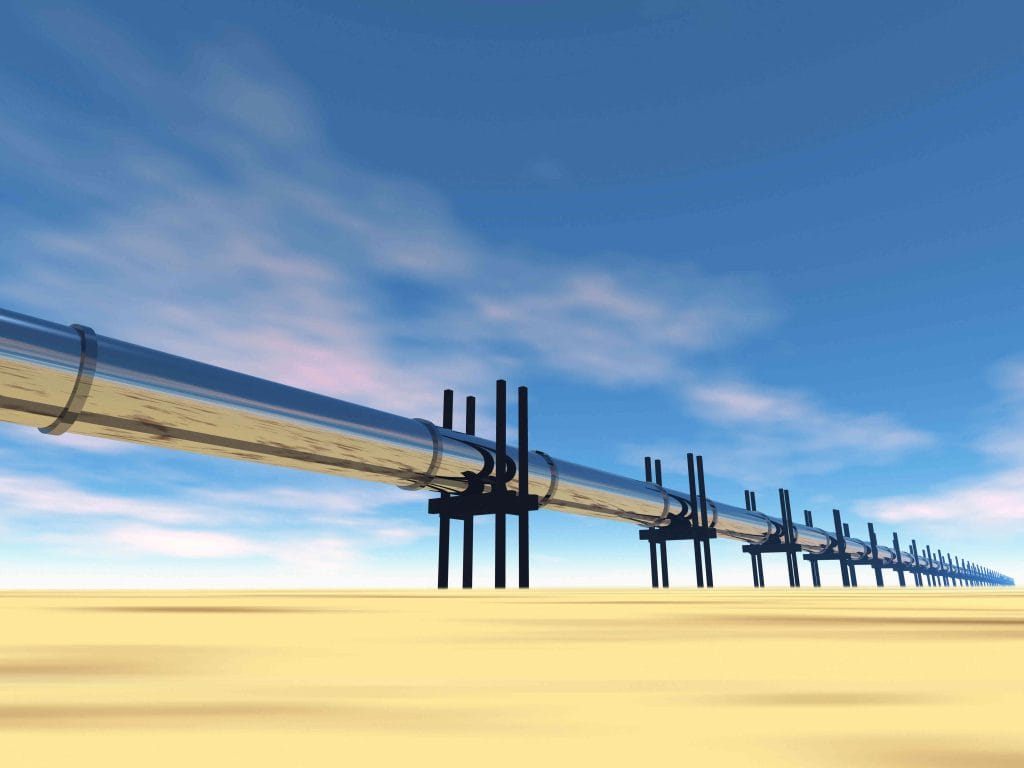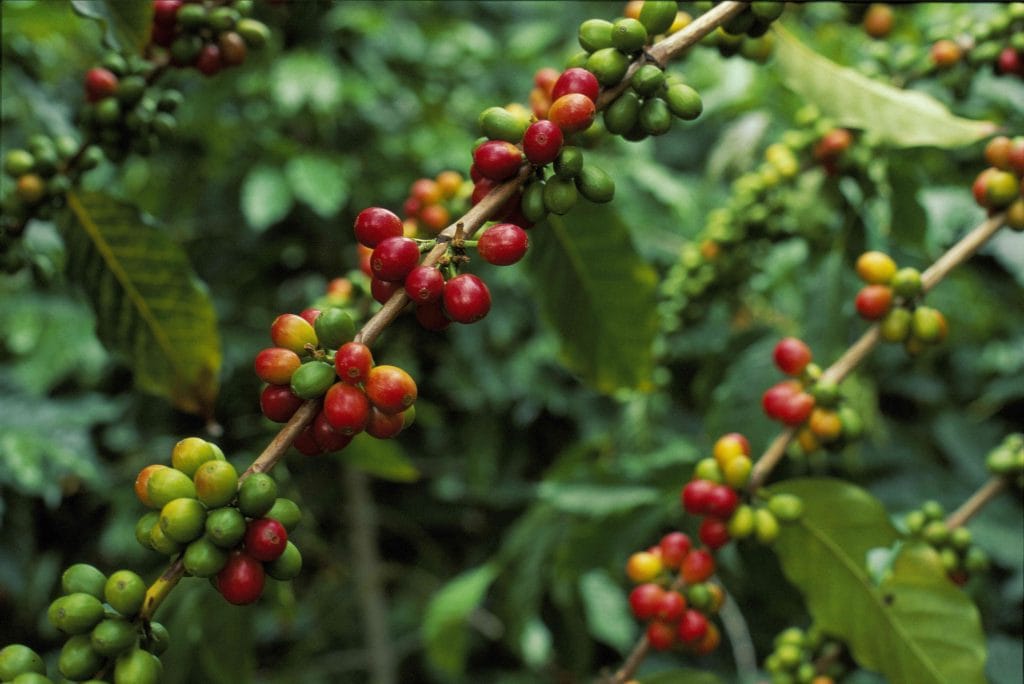
How strong are the ‘green shoots’ in commodities markets?
There are green shoots in global commodities markets for the first time in almost two years.
The Bloomberg Commodity Index, which tracks a basket of major commodity futures across energy, metals, and agriculture, broke its downtrend – which began in the summer of 2022 – at the end of March.
There are early and tentative signs of a recovery in multiple commodities markets: from the extraordinary moves higher for cocoa and gold since the start of 2024 to the tightening in copper markets, from support for the lithium price to Brent crude coming off its lows from late last year.
The bounce appears to be picking up pace across the complex.
However, there appears to be a disconnect between the strength of commodities markets and the wider macro landscape. We began the year expecting multiple Fed rate cuts after a steady decline in inflation and a resilient U.S economy, but now we find ourselves in a different environment after higher-than-expected inflation prints, markets that now expect fewer than two rate cuts this year which may not start until September and a US dollar that’s been ripping higher on the change of sentiment.
What’s unusual about this move from commodities is that it’s happening despite the USD move, the geopolitical situation, and the supply/demand picture, including tentative signs of renewed demand in China, which is driving both USD and commodities higher.
“There appears to be a disconnect between the strength of commodities markets and the wider macro landscape.”
The question now is whether the correction we’ve seen since the heights of 2022 is over and whether the fundamentals really support what we’re seeing from a technical perspective.
How sustainable are these ‘green shoots’, given the continued uncertainty over the global economic picture, the geopolitical landscape, and the U.S. Federal Reserve’s monetary policy?
The macro view
“If higher inflation does persist. We can maintain the current level of interest rates for as long as needed.” – Jerome Powell, Chair, Federal Reserve
The U.S. economy
At the start of the year, there was some optimism in the commodities markets linked to an expectation of significant U.S. interest rate cuts across 2024. This loosening of policy would have provided a tailwind to demand trends while adding some pressure to the USD.
However, Overnight Index Swaps (OIS) now show that expectations for rate cuts have dropped from six+ cuts to less than two after a steady stream of economic data has revealed sticky and high inflation, strong labour markets and better-than-expected economic growth.

The yield on the benchmark 10-year Treasury note moved beyond 4.5% after the recent ‘higher than expected’ CPI report (April 10) — the highest it’s been for six months. Interest rates have been the most significant headwinds for global commodities demand, and cuts would lower funding costs, which in turn should stimulate economic growth in the U.S. and support higher commodities inventories.
One of the factors driving weakness in key commodities for the last year has been the ‘destocking’ of inventories, particularly for industrial metals, in the face of economic uncertainty and the increased cost of carrying stockpiles due to higher interest rates.
However, the market view and the clear indication from the Federal Open Market Committee (FOMC) is that interest rate cuts will now be “later and less” than expected, particularly because inflation remains an issue for the Fed.
Recent data showed an unwelcome increase in the core MoM rate to 40bps, and headline inflation pushed up to 3.5% year-on-year. There are some indications that the FOMC is willing to tolerate a certain amount of ‘stickiness’ to give them room for rate cuts, but the difficulty in attaining the “last mile” of disinflation is proving larger than anticipated.
The Fed must also balance the clear political pressure for economic growth in an election year. Clearly, the combination of ‘higher for longer’ inflation and rate cuts support investments in tangible assets, including commodities, but it’s still not clear how resilient demand will be over the medium term, especially if the Fed isn’t as quick to cut rates as expected.
China
The bounces we’ve seen in 2024 across industrial metals have been in part driven by speculation that the Chinese government will offer more fiscal support for its flagging economy. China is the biggest consumer of multiple commodities, particularly base metals like copper, aluminium, and zinc, which have also seen signs of rallying in recent weeks due to hopes of a Chinese stimulus and better-than-expected PMI data in March.
Indeed, Q1 GDP growth was reported to be stronger than expected, at +5.3% YoY vs +4.8% expected. However, the bearish scenario is still supported by the challenges in China’s flagging property sector.

According to the IMF, housing starts have fallen more than 60% relative to pre-pandemic levels, and any rebound will be gradual. Property sales, starts, and completions were down ~20-30% YoY in the first quarter, and prices have now fallen 10% from peaks.
Chinese construction is a huge driver of demand for global metals, so the sector’s struggles are a major concern for base metal prices. So far, we’ve seen persistent downtrends in iron ore and steel in 2024.
Geopolitics
The continuing wars in the Middle East and Ukraine and upcoming elections in many countries, including the U.S., mean that geopolitical risk remains a serious threat to any recovery in commodities markets but could also support higher prices due to supply disruptions.
Clearly, these risks are often most keenly felt in energy markets, particularly oil, and we have seen the oil price rally in 2024. OPEC+ has recently reconfirmed the current production cuts and has vowed to crack down on member states that are not complying with expected cuts. A further bullish factor has been speculation of potential supply disruption from the conflicts in the Middle East. That has intensified with the potential escalation between Israel and Iran.

“The geopolitical headlines may be dominated by Iran and Israel at the time of writing this article, but Russia’s actions continue to have a significant effect on global commodity flows.”
Whether any disruption materialises could be the deciding factor in supporting or extending recent higher prices, but the conflicts could still significantly impact global commodity markets, even without disrupting oil supplies.
We’ve seen Houthi Rebels in Yemen targeting Red Sea freight since October last year. As approximately 12% of global maritime trade passes through the Red Sea, the ongoing attacks are likely to keep freight insurance rates elevated, disrupt supply chains, and increase inflationary pressures.
The Middle East conflicts have diverted the near-term attention from the ongoing war in Ukraine, but Russian sanctions are still having an impact on commodities markets. This week (April 15), we’ve seen the London Metal Exchange (LME) and the Chicago Mercantile Exchange (CME) ban delivery of all Russian nickel, aluminium and copper produced from 13 April onward.
The geopolitical headlines may be dominated by Iran and Israel at the time of writing this article, but Russia’s actions continue to have a significant effect on global commodity flows.
The micro view of key commodities
Oil
The price of Brent Crude oil futures is finding support around $90 per barrel for the first time in more than six months. The main catalyst is still the tightness of OPEC+, keeping barrels off the market. Saudi Arabia and the rest of OPEC+ have extended their production cuts until the end of the second quarter. However, the risk of the Middle East conflict intensifying between Iran and Israel is also pushing the price higher.
Hedge funds are also showing increasing bullishness about the oil price. Portfolio investors purchased the equivalent of 37 million barrels in key oil-related futures and options in the week ending April 2; they now have a net position of ~300 million barrels.
The current risk premium for crude oil may only hold if there are supply disruptions in the Middle East or if the green shoots in the global economy prove sustainable, supporting demand. Weak refinery margins could also drag the oil price lower.
Grains and softs
It’s been a tale of two hemispheres for grains and soft commodities. In the North, the U.S. harvest season last year was positive for key crops: corn, wheat, and soybeans. Prices are now consolidating, and the weather is being keenly watched as the Northern Hemisphere planting season gets underway.
However, in the South, El Nino has taken its toll on the supply of coffee from Asia and South America, led to higher prices for sugar and has been the catalyst for cocoa, which has been on an extraordinary rally since the start of the year.

There are short-term reasons for this that are well-known. Cocoa prices have been driven up by consecutive seasons of poor harvests in West Africa. 2023 saw heavier than normal rainfall which affected the crop, and El Niño has meant stronger than usual Harmattan winds and dry weather in the region, where Côte d’Ivoire, Ghana, Cameroon and Nigeria supply at least 70% of the world’s cocoa crop.
The cocoa rally has also highlighted an important structural problem with cocoa markets. Normally, higher prices would mean higher production, but cocoa farms are generally small, so farmers must accept the prices dictated to them by their government or cocoa exporters with little incentive to expand production.
Gold
Gold has been dominating the headlines since it began its rally to all-time highs in February, with the price increasing by 18%. There has been increased demand from Chinese consumers and several Central banks looking for a safe haven and to de-dollarize reserves, but there has also been significant buying pressure on the futures market from hedge funds in the last few weeks.
The gold price is showing little signs of slowing down just yet. This may be indicative of the general uncertainty in the global economy. There are signs of recovery, but with gold at record levels, it demonstrates just how much investors and financial institutions are hedging their bets.
Copper and industrial metals
Copper, a commodity long seen as an economic bellwether, has reached almost two-year highs since the start of April. That rally began with investors covering their short positions but is now being sustained by the fundamentals of a supply squeeze from mining disruption and news from China that smelters—which produce more than half of the world’s refined copper— may soon announce an output cut due to shortages in copper concentrate making it uneconomical to continue recent refining pace.
The market is betting that the negative outlook for global supply will soon meet the positive demand of a full-blown global manufacturing recovery. Copper may lead to the reversal of other key ‘green’ metals like nickel and lithium as demand recovers for some key clean energy components.

Are the ‘green shoots’ sustainable?
Green shoots across the commodities complex are clearly welcome news after almost two years of downtrend and consolidation. Whilst this upswing may be cautiously signalling a potential recovery, it’s also delicately poised against a backdrop of global economic uncertainties and a bullish USD.
“Caution is the name of the game in the coming weeks and months.”
The ambiguity from the Fed about when and how many times it’ll cut this year, China’s ongoing economic challenges and global geopolitical tension are all clouds on the horizon.
For now, we should all enjoy the relief rally, but investors should tread carefully, especially given how much the data is changing week by week. Commodities may be recovering, but there’s a febrile feeling in the air.
Caution is the name of the game in the coming weeks and months.
